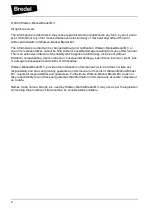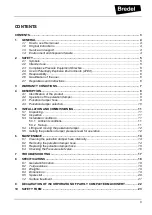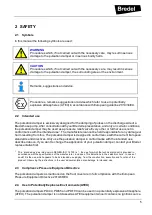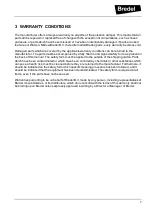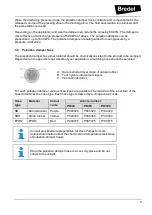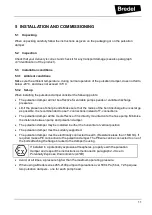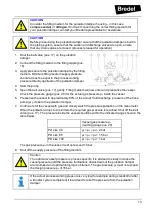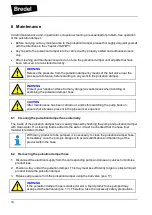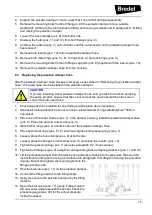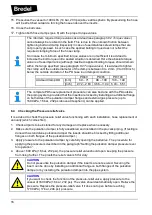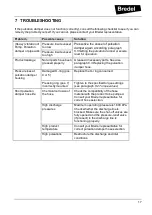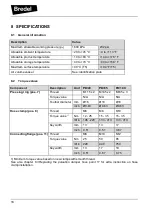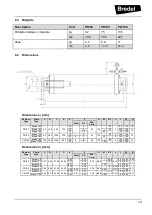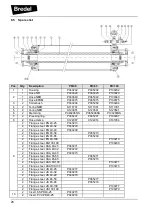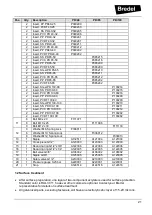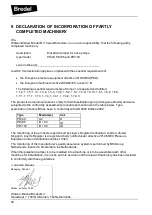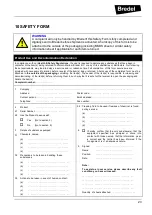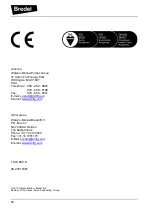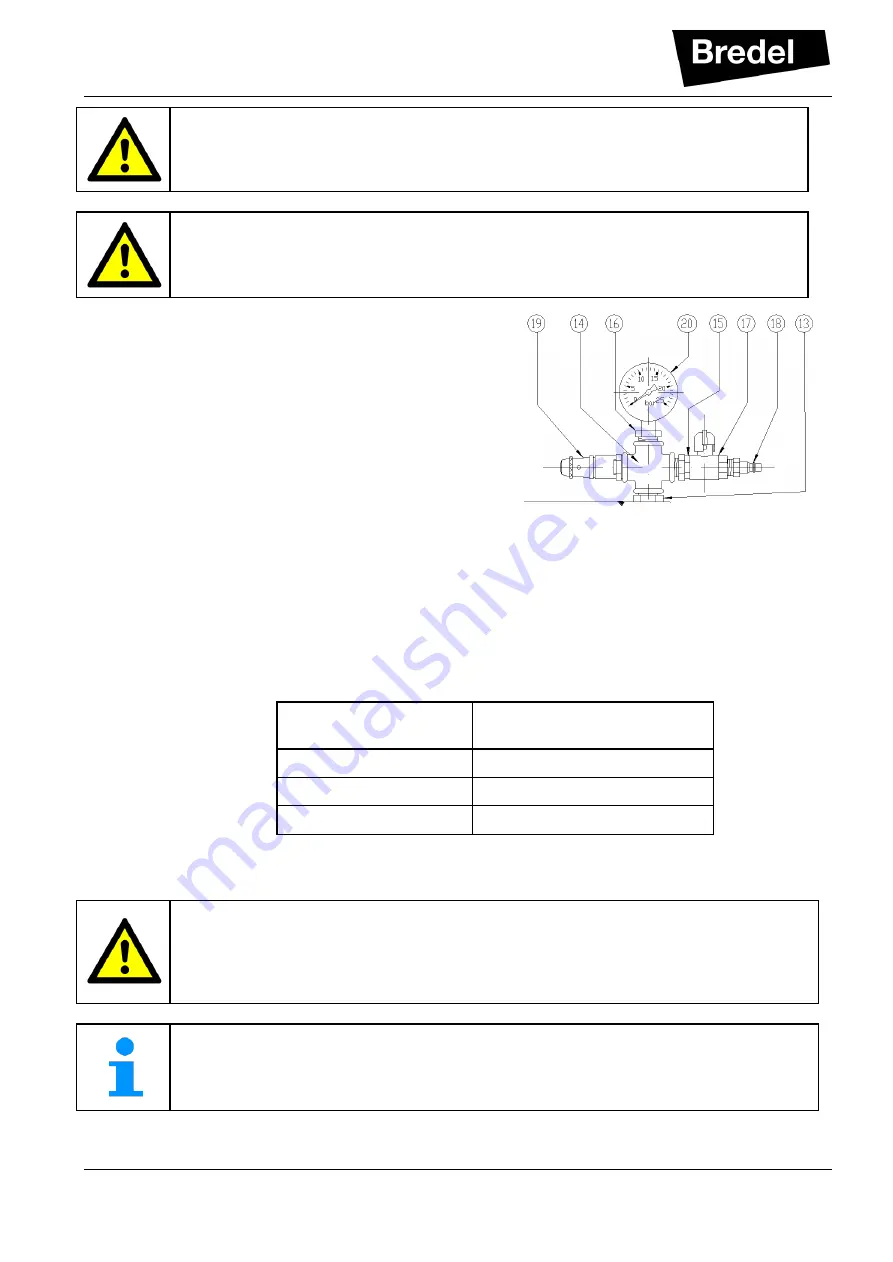
13
CAUTION
Consider the filling medium for the pulsation damper housing
– in this case
compressed air
or
nitrogen
. If in doubt concerning the correct filling medium for
your pulsation damper, contact your Bredel representative for assistance.
CAUTION
Before pressurizing the pulsation damper ensure that the pulsation damper is built in
the piping system, ensure that the suction and discharge valves are op en, ensure
that any drain valves are closed. (process released for operation)
1. Shut the ball valve (pos. 17) on the pulsation
damper.
2. Connect the filling medium to the filling nipple (pos.
18).
3. Apply pressure to the pulsation damper by the filling
medium. Minimum filling medium supply pressure
should at least be equal to the process working
pressure directly upstream of the pulsation damper.
4. Start the pump
5. Open the ball valve (pos. 17) gently. Filling medium will now enter and pressurize the vessel.
Check the pressure gauge (pos. 20) for the actual gas pressure
p
v
inside the vessel.
6. Pressurize the vessel to approximately 80% of the actual fluid discharge pressure of the hose
pump (
p
2
), close to the pulsation damper.
7. Continue to fill the vessel with gas and closely watch the pressure pulsation on the manometer.
When the pulsation drops to a minimum the required gas pressure is reached. Shut off the ball
valve (pos. 17). The pressure inside the vessel should be within the indicated range shown in the
table below.
Vessel gas pressure
p
v
(reading gauge pos. 20)
PD size 40
p
2
<
p
v
<
p
2
+ 2 bar
PD size 65
p
2
<
p
v
<
p
2
+ 1,5 bar
PD size 100
p
2
<
p
v
<
p
2
+ 1 bar
The gas pressure
p
v
in the vessel must not exceed 16 bar.
8. Shut off the supply pressure of the filling medium
Caution
The optimum vessel pressure is process specific. It is advised to slowly increase the
vessel pressure until the pressure fluctuations downstream of the pulsation damper
are minimized and optimal damping is obtained. The gas pressure
p
v
must not exceed
the design pressure
p
s
of 16 bar.
If the actual process working pressure is very low (for example during standstill or after
a transfer cycle is completed) it is advised to relief the pre ssure from the pulsation
damper.


